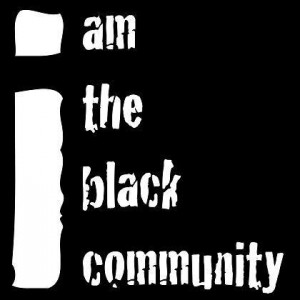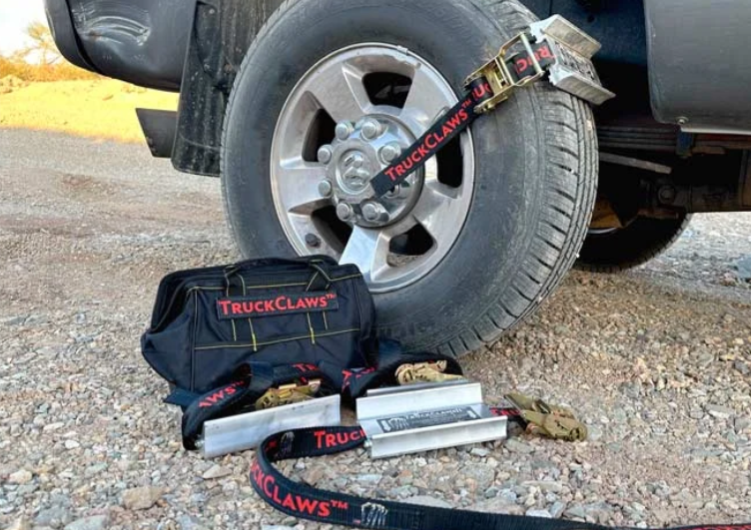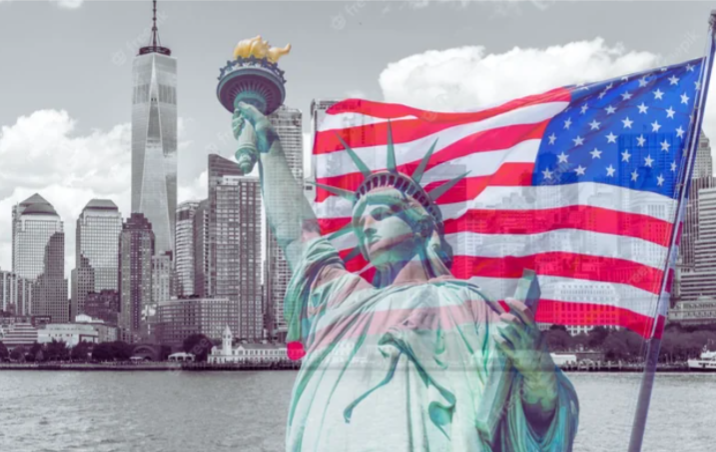(ThyBlackMan.com) For centuries in this country, Black men have been predominantly targeted and harassed in this country on the basis of skin color and an overly sensitized prejudicial stigma of criminalization deeply rooted back to the times of slavery. Slave owners and locally organized “slave patrols” utilized violence as a means of justification to keep the slaves in fear of being unwarrantedly punished and inhumanely brutalized. Some 400 years later, the profiling of minorities has become a very sad reality that seems to have no ends in sight. It is easy to notice that the majority would rather sidestep factors heavily contributing to crime, such as poverty and the media, rather than effectively address it as finite and measurable results of systemic inequalities among Blacks and Whites.
An understanding how they work to solidify a stereotypical sketch of Black men, regardless of socioeconomic status, as a thug, hoodlum, or any descriptor with intrinsically deconstructive values provides enrichment on how they bestow institutionalized leverage to racial profiling as a structural and profitable entity. Negative stereotypical biases of African-American males overshadow any appearances that they are law-abiding citizens. In the eyes of law enforcement, an African-American male driving a Mercedes-Benz projects the presumption of illegal activity (Weatherspoon, 2000).
The ghetto is utilized as a primarily socioeconomic construct to shackle impoverished persons behind stigmatisms created by stereotypes perpetuates mass hysteria of the Black man. Merriam-Webster defines ghetto as “a quarter of a city in which members of a minority group live especially because of social, legal, or economic pressure”. Its actual origins derive from the name of the Jewish  quarter in Venice, established in 1516, in which the Venetian authorities compelled the city’s Jews to live (United States Holocaust Memorial Museum, 2014). Essentially, the ghetto itself was not originally contrived by the Nazis but implemented with vehemence to isolate Jewish and non-Jewish communities. A major component of today’s urban ghettos is poverty, in which roughly 25-27 percent of African-Americans reside: typically within sections of the city engulfed in impoverished conditions and a gravely underemployed tax base.
quarter in Venice, established in 1516, in which the Venetian authorities compelled the city’s Jews to live (United States Holocaust Memorial Museum, 2014). Essentially, the ghetto itself was not originally contrived by the Nazis but implemented with vehemence to isolate Jewish and non-Jewish communities. A major component of today’s urban ghettos is poverty, in which roughly 25-27 percent of African-Americans reside: typically within sections of the city engulfed in impoverished conditions and a gravely underemployed tax base.
Those subjected to these deplorable conditions are usually exposed to substandard living expectations, including chronic stressors (ongoing or long-term stressors keeping the autonomic nervous system in a hyperactive state without reasonable time to distress or deactivate the “flight or fight” response) contributing to physical and mental ailments. An additional yet major circumstance of poverty is higher probabilities for crime and Ludwig, Duncan, and Hirschfield (2000) further elucidates this point:
Poverty can lead to high levels of stress that in turn may lead individuals to commit theft, robbery, or other violent acts. Moreover…. poverty may lead to an actual or perceived inferior education, which would cause youth to count on less access to quality schools, jobs, and role models, decreasing the opportunity costs of crime and increasing the probability of youth spending time on the street associating with gangs, etc. (p. 1)
According to the International Encyclopedia of Social Sciences (2008), “ghettos were historically developed to physically isolate a group with clearly identifiable physical features and cultural markers”. This means that certain populations of people, characterized by physical and ethnological traits, were isolated to live in a certain kind of condition to be distinguishable from another group based on socioeconomic status. A greater socioeconomic status can be interrelated with better access to resources meant to sustain life and economic viability. The distinguishing factor that generally constitutes a ghetto is the prevalence of poverty. Ghettos are also often distinguished from other racially or ethnically homogeneous communities because of the inability of many residents to relocate from ghettos (International Encyclopedia of the Social Sciences, 2008). It is easy to tie in racial profiling with impoverished conditions due to a well known fact that Black youth are much more likely to have encounters with the police in urban areas in comparison to suburban areas and the majority of those encounters are fueled by presumed White innocence and Black guilt, which stem back to a century where Blacks were slaughtered in large numbers under automatic presumed culpability and Whites were rarely, if ever, tried or convicted of crimes.
When Reagan commenced his “War on Drugs” campaign, it gave legal precedence to this presumed guilt and Black men were disproportionately impacted by harsher policing and sentencing when compared to White counterparts arrested for the exact same crime during the 80s and 90s. Taken into context with a study conducted by Davies, et al. (2004) in regards on how police associate color with criminality, the results are interesting:
When officers were given no information other than a face and when they were explicitly directed to make judgments of criminality, race played a significant role in how those judgments were made. Black faces looked more criminal to police officers; the more Black, the more criminal. These results provide additional evidence that police officers associate Blacks with the specific concept of crime. Moreover, these results shed light on the face recognition memory errors made by police officers in Study 4. In that study, police officers were more likely to falsely identify a Black face that was more stereotypically Black than the target when primed with crime than when not primed with crime.
Finish story here;
http://raprehab.com/black-bullseye/
















We can start by refusing to define ourselves by something we are not. WE ARE NOT BLACK. That is the color of your car tires and you are not that color. I am not playing with words. I am showing how slave programming has worked so well. Read my article on this site entitled I DONT KNOW ANY BLACK PEOPLE or email me for a copy of it at brainstormonline@yahoo.com
I work with deprogramming our people from the slavery mindset